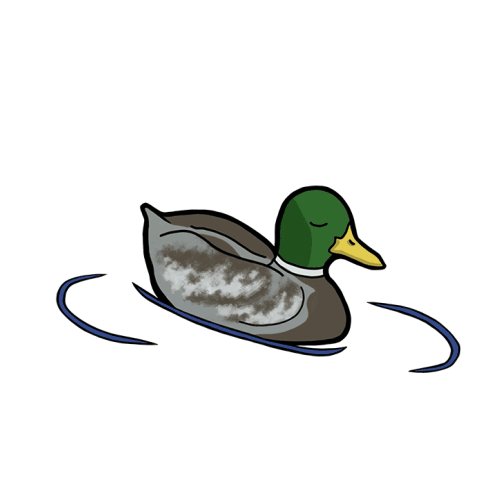Audrey Piacsek
Contributor
ampiacsek@willamette.edu
“Desire paths” or “desire lines” as they are known in architecture, are pathways and roads created by use, rather than by design. They’re found everywhere that people have walked, biked or driven: worn pathways through the woods where hikers have found a shortcut, corners cut by lazy pedestrians and dirt paths that slice diagonally across fields instead of going all the way around.
There are several desire paths to be found on Willamette’s campus, some of which are more appreciated by the Grounds staff than others. One of the most used, a path that skirted around the wall between Jackson Plaza and the University Center, was removed this past summer, replaced with grass and blocked by rocks. Some students expressed disappointment at this change, but according to Grounds Manager Jim Andersen, there were reasons for the improvements.
“With the constant use, the compacted soil [of the path] could not grow grass, and this became an unsightly mud pit in the wet months of the year,” Andersen said. He added that students would then track mud across the sidewalks and visitors coming to Jackson Plaza would have an unpleasant impression of Willamette’s grounds.
The Jackson path also posed a danger to pedestrians walking by the UC.
“We had observed pedestrians and cyclists using this pathway and coming on to the sidewalks from the grass. People walking on the sidewalks were not expecting a cyclist to be coming upon them from that direction,” Andersen said.
However, there are places on campus where the Grounds staff have decided to work with the students’ desire paths rather than get rid of them. According to Andersen, the stepping stone path that leads down from Belknap toward Rogers Music Center was once an informal path that the facilities crew opted to keep. Now students can easily cross the hillside without eroding the landscaping.
This phenomenon is so common on college campuses that many have actually used the desire paths to help plan the campus from the beginning. For example, the Ohio State University features an oval quad criss-crossed with sidewalks. According to John Herrick, the Executive Director of Campus Planning at OSU, when the quad was designed in 1914 the designer noticed that students had worn paths across the center of the quad. Rather than try to keep the students off the grass–certainly a losing battle–he designed pathways that followed the students’ tracks.
These paths can also be irritating to city planners: they often erode grass in parks and create ugly, muddy ruts, and tramping wildly through natural areas can harm the native plants. But according to urban planning expert Janette Sadik-Khan, desire paths have also been used to inform city planning, as with Broadway in New York City. The famous street was originally a desire line between settlements, and it now cuts at an angle across the regular grid of the city.
Why are there so many desire paths on college campuses? Perhaps students rushing from class to class can’t be bothered to stick to sidewalks. Or maybe it’s just a human instinct. These paths appear all over the world and fascinate people wherever they exist. Along with “desire paths,” they are called “pirate paths” in parts of the U.S., kemonomichi or “beast trails” in Japan, chemins de l’âne or “donkey paths” in France and Olifantenpad or “elephant trails” in the Netherlands.
So if you choose to take a shortcut to class tomorrow, you’re in good company. Just try to avoid killing native plants, stepping in gardens or adding to any muddy ruts that have begun to form. Desire paths can make the world–and Willamette’s campus–more interesting and more efficient.

Comments